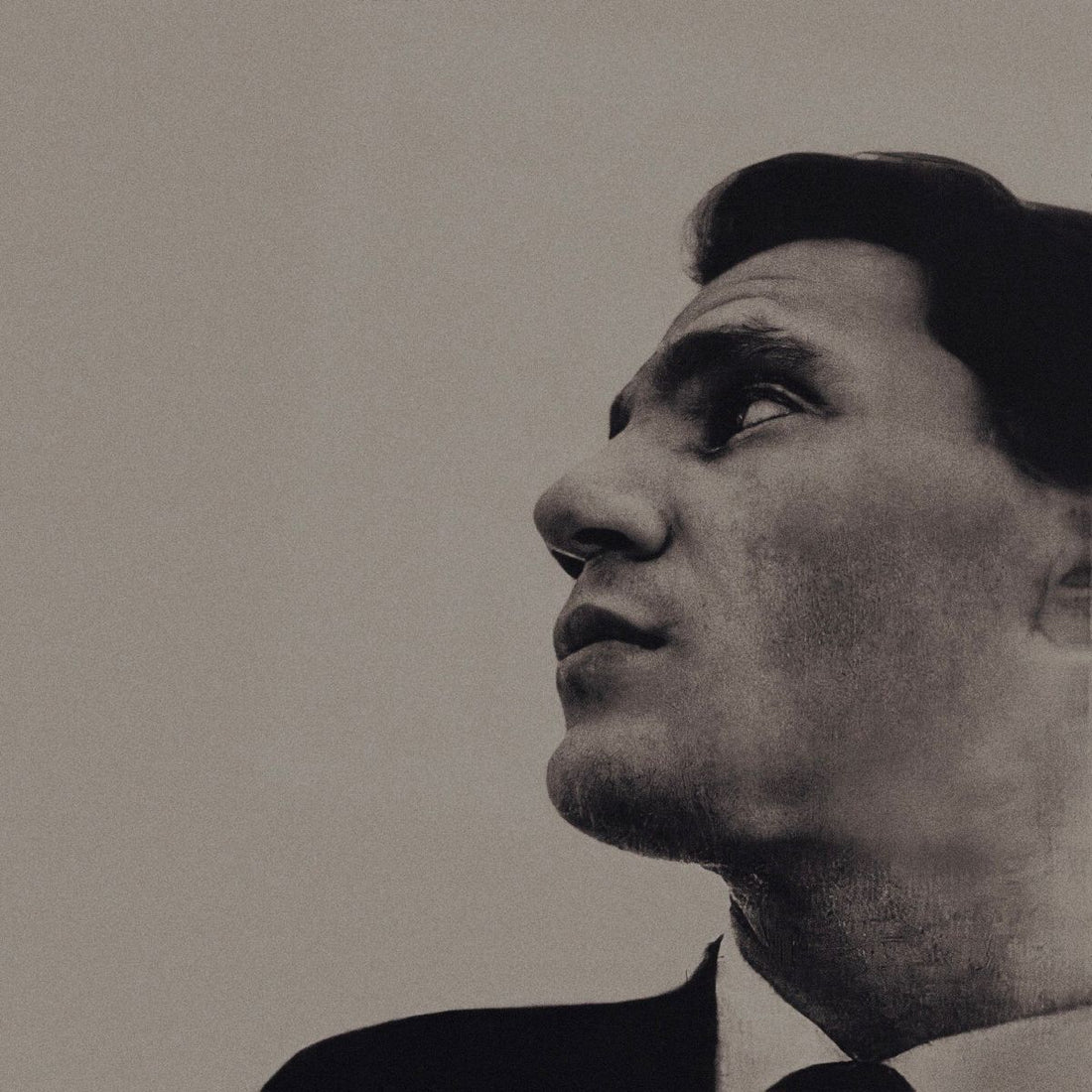
Arabic Pop: From Tarab Nights to TikTok Beats
Arabic pop is everywhere today. Scroll through TikTok, YouTube, or Spotify and you’ll find Arabic hooks riding alongside trap hi-hats, reggaeton grooves, and even electronic drops. But how did we get here? Arabic pop has a wild backstory—one that starts with endless nights of “tarab” and winds its way through theaters, satellite TV, and neon-lit music videos before landing in the short, catchy streaming era.
Here is my small take through its journey.
From Tarab Nights to Radio Hits
Once upon a time, Arabic music wasn’t about three-minute singles—it was about rapture. Legendary voices like Umm Kulthum and composer Mohammed Abdel Wahab held audiences spellbound for hours.
A single concert could stretch on until sunrise, with repeated phrases sending the crowd into musical ecstasy.
But times were changing. Radio and cinema were booming, and people didn’t always have the patience for marathon sessions. Enter Abdel Halim Hafez, the “Dark Nightingale – Al A’nhdalib” He and his contemporaries made songs shorter, more accessible, and radio-friendly. That was the birth of what later was called pop in Egypt.

The Levant: Theater, Fairuz & The Rahbanis
Meanwhile in Lebanon, the Rahbani Brothers and Fairuz were building an entirely different tradition. Their musicals, staged at places like the Baalbek Festival, weren’t just plays—they were full-on cultural events, music choreos and shows. They made catchy songs that carried a theatrical, storytelling edge, a blueprint that would echo through Levantine pop until today.

The Big Plug-In: Synths, Drum Machines & the “Jeel” Sound
Fast forward to the 80s and 90s. Suddenly, Arabic music wasn’t just about it’s maqams and strings “oud and qanun”—it was about keyboards, drum machines, and synth basslines. Artists like Hamid El Shaeri sparked the jeel generation, a youth-driven pop wave that sounded modern, electronic, and very, very danceable.
That shift set the stage for the mega pop stars of the Arab world.

The Era of Mega Stars
-
Mohamed Mounir: “El-King” blended Nubian soul with reggae, blues, and jazz long before “fusion” was cool.
-
Amr Diab: With “Habibi Ya Nour El Ain,” he turned Arabic pop into an international club anthem and built the template for Mediterranean/Spanish dance-pop.
-
Samira Said: The Moroccan diva who showed how pan-Arab hits could cross every border especially with her hit “Yum wara Yum” collaborating raï icon Cheb Mami.
-
Ragheb Alama: The 80s heartthrob who bridged classic romance and slick synth pop.
-
Nancy Ajram: as labeled by Spotify “Queen of Arab Pop,” who mastered the MTV-style video clip era with playful storytelling and unforgettable choruses alongside her strong management.
-
Haifa Wehbe: The glamour icon who redefined how image, fashion, and music videos could make a pop star.
(There are many more—from Assala and Elissa, Nawal el Zoghbi, to Cheb Khaled, Tamer Hosny, Sherine, Jad Shweiry, and today’s rap-pop hybrids—but the names above are enough to see the arc.)

Pop Goes Global
As satellite TV exploded in the 2000s, Arabic pop stars became visual icons. Music videos weren’t just accessories—they were events. By the 2010s, the internet sped things up even more.
From Streaming platforms to Youtube, facebook, Instagram and now TikTok… all of this fast pace change meant shorter songs, faster trends, and global influences landing in real time.
From reggaeton to trap to EDM drops, Western sounds keep weaving into Arabic pop—but the language, melodies, and spirit stay unmistakably Arab.
My Personal Twist: “Bizarre Pop” (2021–2023)
Between 2021 and 2023, I decided to push the envelope myself. I called it bizarre pop—songs that were shorter, stranger, and braver. I experimented with weird clashes in melodies, Arabic writing that bent the rules, and heavy doses of Western sonic influence from Beyoncé, Lady Gaga and Madonna.
It was my way of saying: Arabic pop doesn’t have to follow the formula—it can collide with it... at least not on my watch :P

The Now: 80–90% Pop, But Always Shifting
Today, Arabic pop dominates the charts—about 80–90% of Arabic music is pop in some form. But it’s not static. New artists, songwriters and “music geeks” keep tweaking the formula, experimenting with sound design, words, bending genres, and pulling inspiration from everywhere.
What makes Arabic pop exciting is that it never sits still. It’s a mirror of the region’s energy: rooted in tradition, yet always remixing, always daring.
And who knows? The next big wave might already be brewing—in a studio somewhere in Cairo, Beirut, Rabar, New York, or maybe in Paris on a laptop at 3 a.m.
Until the next song writes itself, I’ll be here, living it.
M.
